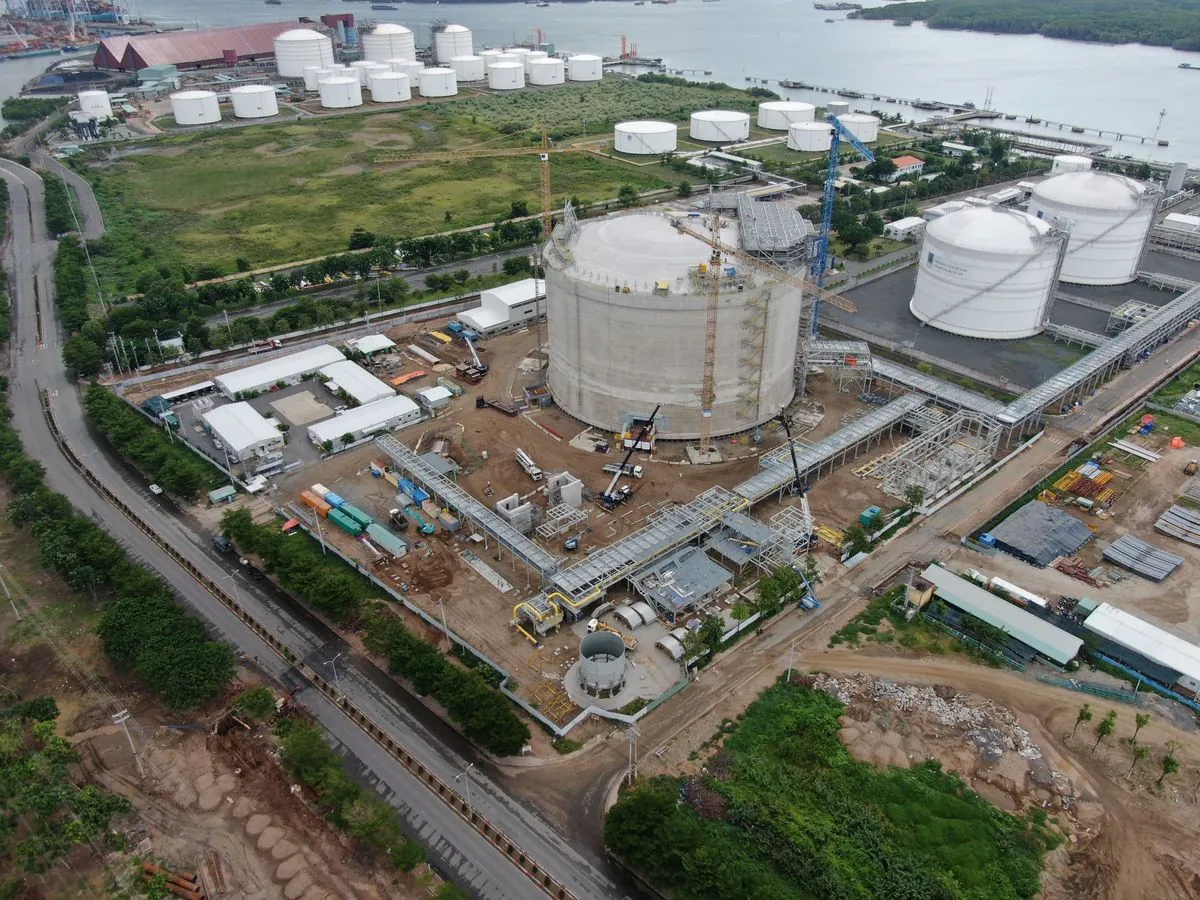Vietnam's Cai Mep LNG Terminal Prepares for Commissioning Tests
Vietnam's Cai Mep LNG terminal seeks cargo for commissioning, aiming to become the country's second LNG import facility. The move aligns with Vietnam's plans to reduce coal dependence and expand LNG infrastructure.

Vietnam's energy landscape is evolving as the country prepares to commission its second liquefied natural gas (LNG) import terminal. The Cai Mep LNG facility, located in the southern Ba Ria Vung Tau province, is actively seeking a cargo to initiate commissioning tests, according to industry sources.
This development is part of Vietnam's broader strategy to diversify its energy mix and reduce reliance on coal. The Southeast Asian nation has set ambitious goals for its LNG infrastructure, planning to construct multiple import terminals and 13 LNG-fired power plants. These facilities are projected to contribute 15% of Vietnam's total installed power generation capacity by 2030.
Karthik Sathyamoorthy, CEO of AG&P LNG, stated, "Given we have just received the import licence, we are now working on accelerating the commissioning and target to complete (it) in the next three months." The company aims to secure the commissioning cargo in October for delivery between late October and mid-November 2024.
The Cai Mep LNG terminal is a joint venture between Singapore-based Atlantic, Gulf and Pacific LNG (AG&P LNG) and Vietnamese petroleum trader Hai Linh Company. With an annual import capacity of 3 million metric tons, the facility is poised to play a crucial role in Vietnam's energy transition.
Vietnam's journey towards LNG adoption began with its first import terminal, Thi Vai, operated by PetroVietnam Gas. To date, the country has imported over 300,000 tons of LNG on a spot basis, primarily to fuel existing gas-fired power plants during periods of high demand, such as recent heatwaves.

The push for LNG infrastructure aligns with Vietnam's commitment to achieving net-zero carbon emissions by 2050. This goal is particularly significant given that Vietnam's energy consumption has grown by an average of 9% annually since 2000, reflecting the country's rapid economic development.
While Vietnam boasts significant offshore natural gas reserves in the South China Sea, the transition to LNG imports is seen as a strategic move to ensure energy security and meet growing demand. The country's electricity needs are projected to increase by 8% annually until 2025, underscoring the urgency of expanding and diversifying its power generation capabilities.
Vietnam's energy diversification efforts extend beyond LNG. The country has set a target of 15-20% renewable energy in its total energy mix by 2030. Notably, Vietnam's solar power capacity experienced a remarkable 100-fold increase between 2018 and 2020, demonstrating the nation's commitment to clean energy sources.
However, the ambitious LNG infrastructure plans face challenges. Some sources and analysts suggest that the target may be at risk of being missed, highlighting the complexities involved in rapidly transforming a nation's energy sector.
As Vietnam continues to navigate its energy transition, the commissioning of the Cai Mep LNG terminal represents a significant milestone. The facility's progress will be closely watched as an indicator of the country's ability to meet its LNG infrastructure goals and broader energy objectives in the coming years.


































